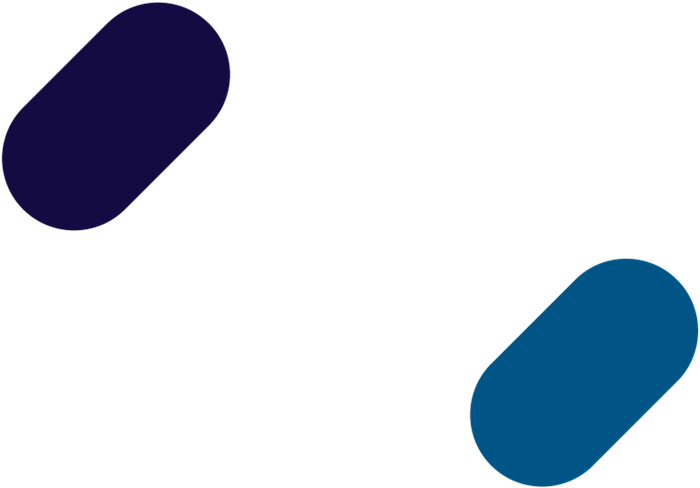Assess your protocol against real world evidence using advanced analytics, and reduce the risk of costly amendments.

Ask the right questions
From the earliest planning stages of clinical development through launch and real world assessment, therapeutic areas of expertise is key to ensuring we are asking the right questions.
- What is the real-world impact of innovation in treatments such as cell and gene therapies, and how does it differ by patient group?
- What is the right way to navigate reimbursement requirements, globally, and how do the strategies change based on therapeutic area?
- What is the potential for machine learning in finding patients, and how can we ensure the right assumptions and the right context is used to build the best algorithms?
- How can we be more proactive, more precise, and even more creative, in figuring out what works, what doesn’t, and why?

Therapeutic innovation
IQVIA is a trusted partner in clinical development, offering extensive therapeutic expertise across various specialties to accelerate innovation and deliver breakthrough treatments for patients. With over fifteen Therapeutic and Specialty Centers of Excellence, IQVIA has been instrumental in the development of numerous FDA-approved drugs and continues to lead in therapeutic innovation and regulatory science.

Therapeutic expertise — hands-on and hand-selected for biotech
Therapeutically aligned solutions to advance your clinical program to the next milestone.
Making Human Data Science
work for you
work for you
Building a predictive algorithm for early Alzheimer's detection requires deep domain expertise in epidemiology and disease progression, alongside unparalleled non-identified data from diverse sources beyond EMRs. It also needs advanced analytics and a well-trained machine learning system. This is Human Data Science.
IQVIA leads in this field, combining human science expertise with advanced analytics and technology to help customers gain meaningful insights and address the complex challenges in healthcare.
Related solutions
Tap into evidence networks in oncology, neurology, immunology, and other therapy areas to enrich your studies.
Discover unrealized connections and manage your product across the entire lifecycle, from research and development, compliance to launch and commercialization.





















